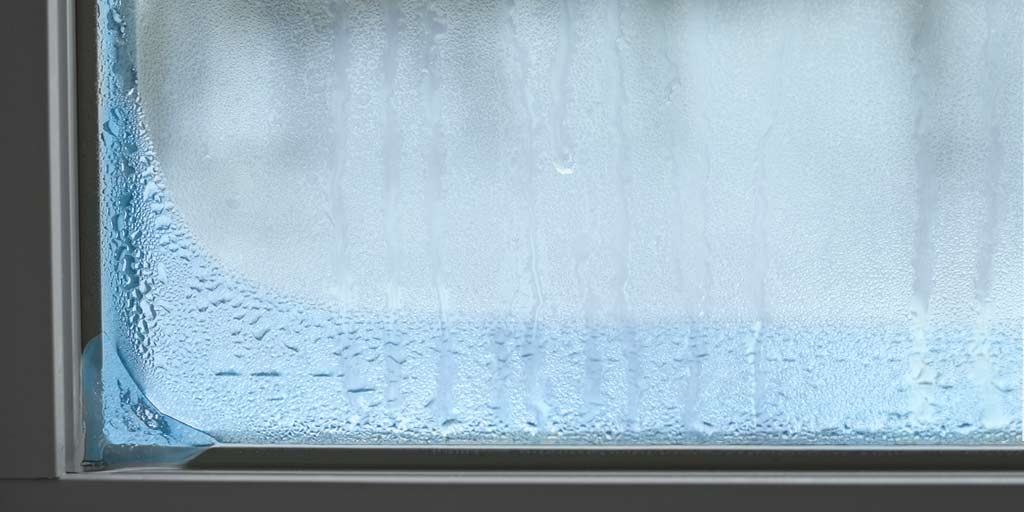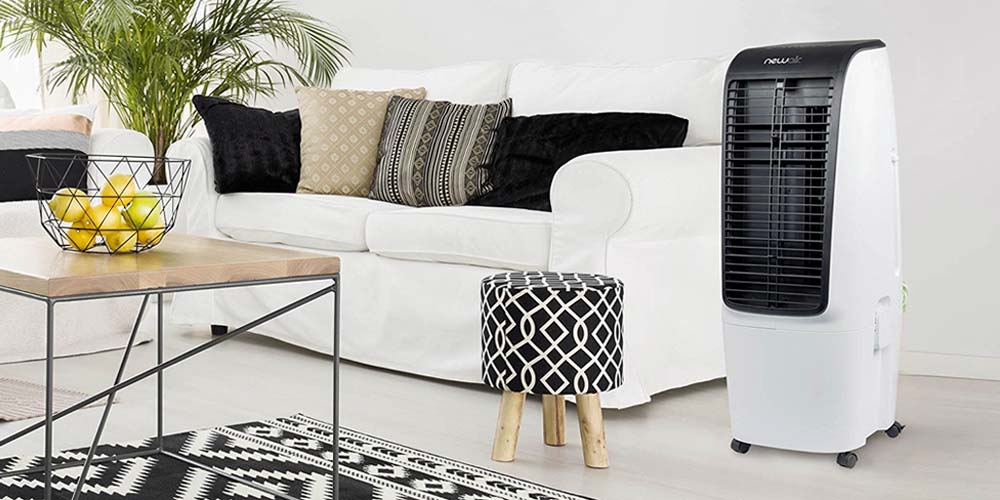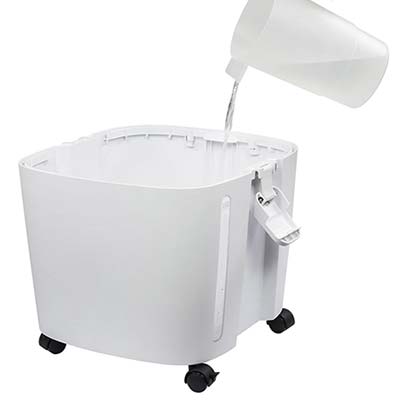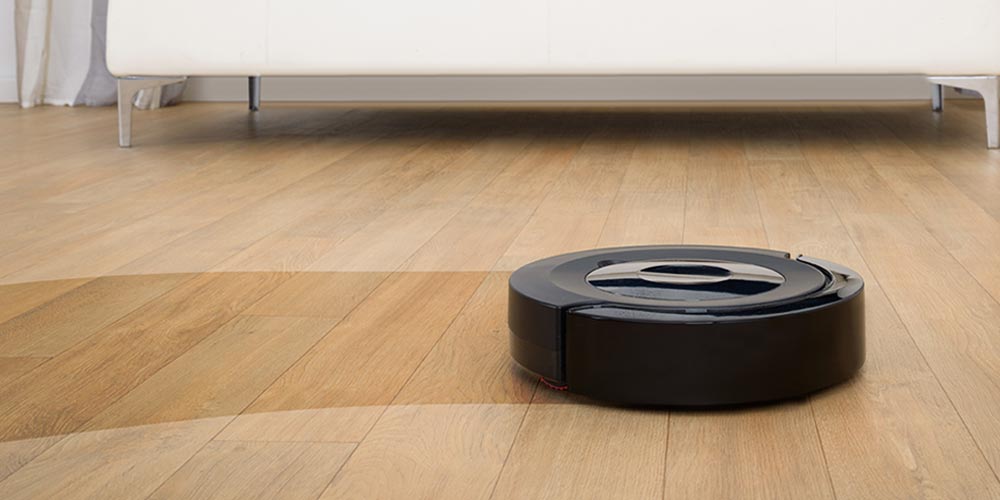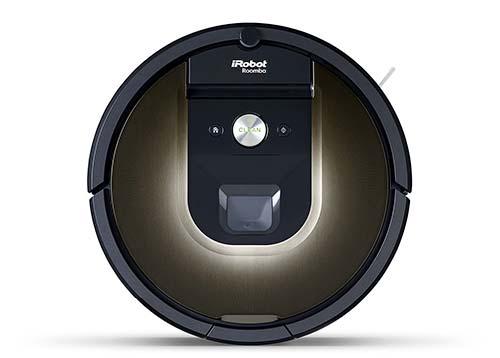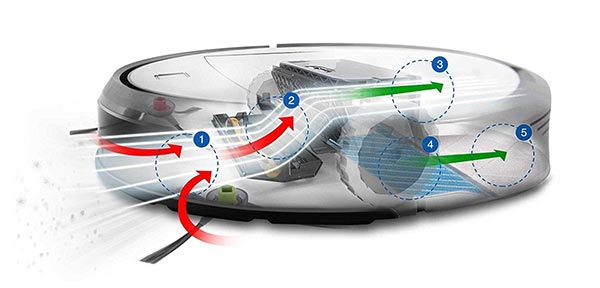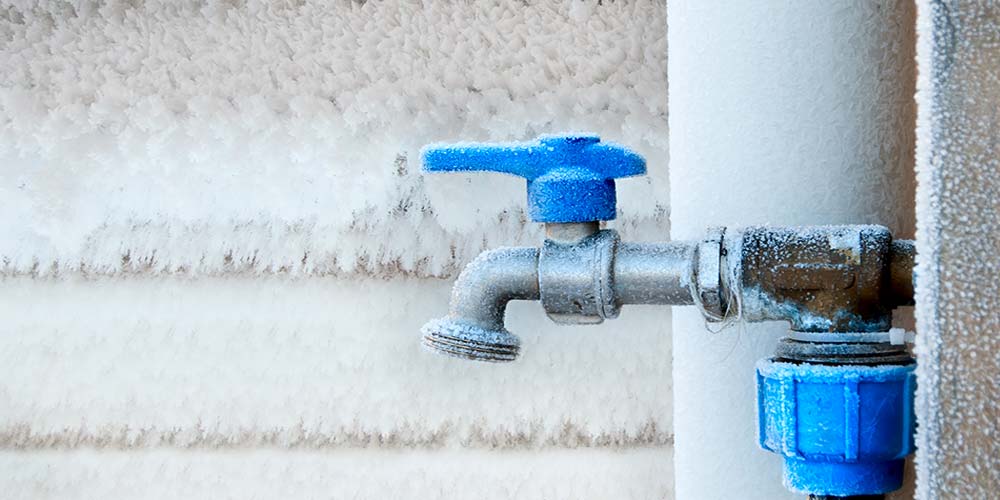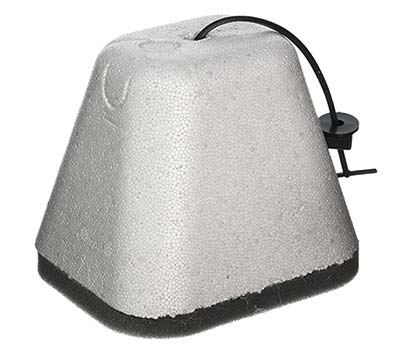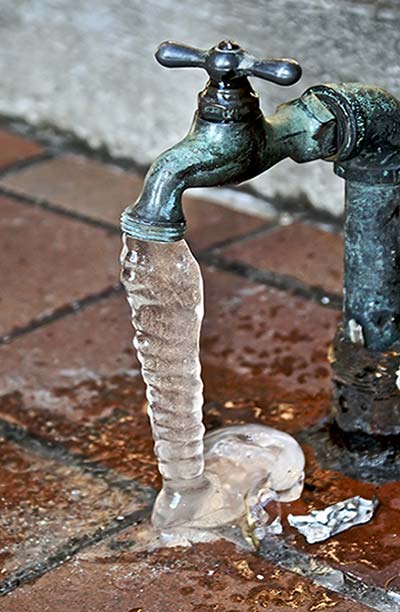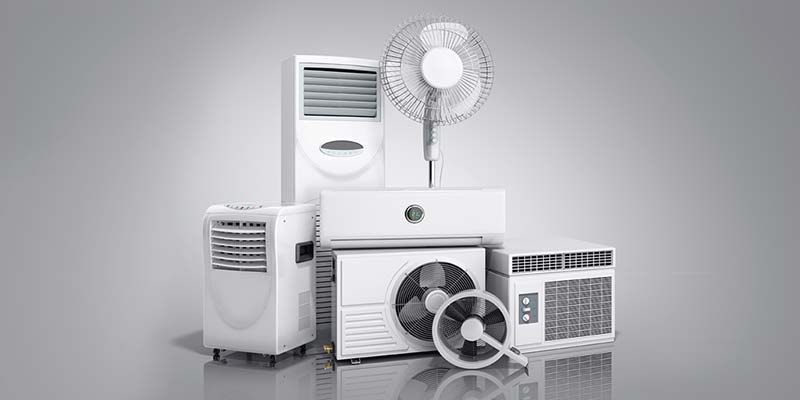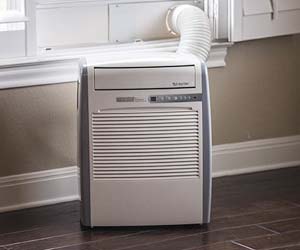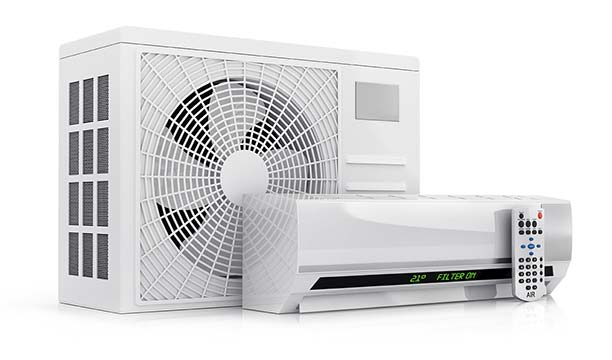8 Tips Every Homeowner Should Know About Hiring an HVAC Technician
When your HVAC unit starts to show signs of needing maintenance, service, or complete replacement, it’s critical that every homeowner knows what to do and who to call (or not call).
During the peak of the summer months or in the thick of the winter months, your ability to find the right HVAC technician can make a huge difference on the timeline that is needed in order to fix whatever indoor air problems you may be experiencing in your home.
If you hire the right contractor to service your HVAC system, you will likely get things fixed or replaced without much of a hassle, and be back to feeling comfortable inside of your home in no time. On the other hand, if you hire the wrong contractor, it may make things much more difficult, causing you to have to wait a long time in the extreme heat or the freezing cold for service, pay too much for repairs, or be left without a working HVAC system.
Below, we will lay out eight tips that every homeowner should know to help you find and hire the best HVAC technician to service your unit.
1. Review Licensing Information
Any time you are considering hiring someone to do work within your home, you need to do a bit of research to ensure everything is on the up and up.
The first important thing to check is your HVAC technician’s license number. Your contractor should have no problem sharing his or her license number with you. If not, move on and find someone else.
Once you get the number, it is possible to look up the license and get an overview of past performance. If your contractor won’t provide a home improvement license to you, this is a red flag that you may need to choose someone else.
2. Ask for and Contact Customer References
What you should do next is to ask your contractor for customer references. A reputable company should be more than happy to provide a list of previous clients who can share their experiences with you.
When you start talking to your technician’s customers, make sure you ask about various things such as the contractor’s timeliness, work habits, ability to finish the job and whether or not the price was within the budget. Learning about another homeowner’s experience may help you make a decision about whether or not this contractor can help you in your situation. If your contractor dodges your questions about references, this is another red flag that they may not be the best technician for you.
3. Look at Experience Within the Industry
Ideally, the HVAC service person that you choose should have a lengthy list of experience. Whether or not you choose a team of contractors or a single proprietor, it’s important to go with someone who has a proven record of success with various types of HVAC systems and room air conditioners.
When you’re paying for time and labor, you want to have someone in your home that can quickly diagnose the problem and efficiently make adjustments or repairs. It may not be necessary to have someone who has been around for decades, but at the very least you want to choose a technician that has been in the industry for a few years.
4. Read Online Reviews
You can check the reputation of your HVAC technician by perusing popular websites dealing with businesses or home improvement. What you can do is conduct an Internet search using the company’s name as your search term.
While you should be on the look out for fallacious or untruthful reviews, most of the time online reviews can help guide you to finding and hiring the best HVAC technician. Just make sure that your read over each review in order to make a decision about choosing a contractor to service your HVAC problems.
5. Evaluate the Pricing
One of the most important things to homeowners when they schedule service to their major appliances is the price. What will come out of your pocket is always an important factor to keep in mind.
Either on the company website or through customer references, look at some of the pricing of the various services the business may offer. Companies that are on the lowest end of the region’s pricing may not be the best bet. The highest priced contractors may offer additional services, so be sure to ask.
Keep in mind, while going with the cheapest company isn’t always smart, you certainly don’t want to pay more than you have to. You get what you pay for.
6. Ask About Rebates & Energy Efficiency
When you’re having work done to your HVAC unit, or if you’re going with a brand new system, a reputable company should offer you additional tips and recommendations that can help you make sure your home is more energy efficient.
Part of any routine service for HVAC systems is a complete run through of the little improvements you can make around the house to support the proper maintenance and efficiency of your air conditioning or heating system. Contractors who take the time to show you how to make your home more energy efficient are typically ones you can trust.
7. Make Sure You Get an Estimate
Every reputable HVAC technician should provide a detailed and itemized price estimate of the work that needs to be done. If you don’t get a line-item or detailed information about how much the project or repairs may cost, then you should consider hiring a different HVAC technician.
It is strongly recommended that every homeowner get several estimates from different HVAC companies, as this will allow you to compare costs and make a data-driven decision. Ask about discounts your contractor may offer to help you keep things within your budget. Perhaps there are rebates available for you to take advantage of.
Some technicians may even offer financing opportunities that can help you purchase an entirely new system for your home. This can break down the cost into manageable monthly payments, making it much more affordable.
8. Get Everything in Writing
Once you have made a choice about which company you want to hire, it’s important to get a solid contract written out. Your contract should detail the entire scope of the project along with the detailed pricing.
Go line-by-line and read over everything that your technician presents to you. Make sure you ask any and all questions if you don’t understand something. An HVAC technician understands that most homeowners will have questions, and they expect you to ask. So, ask away before you sign anything.
Putting everything in writing can help you know exactly what to expect, and how much you’re going to pay before the job is completed. When everything has been finished, make sure you get additional information about your HVAC’s warranty and service requirements if you installed a new system.
Keep in mind that the warranty may vary between the manufacturer and the company that installed the devices. Get this in writing.
The Importance of Researching HVAC Technicians
Finding the right home improvement company or HVAC technician is something that can take some time, research, and effort.
If you skip this important step, you’re setting yourself up to getting a lower standard of service, paying much more than you need to or even becoming victim to an unscrupulous company. Being an informed and smart consumer can help you and your HVAC technician know exactly what to expect and provide a more positive working experience for all.

